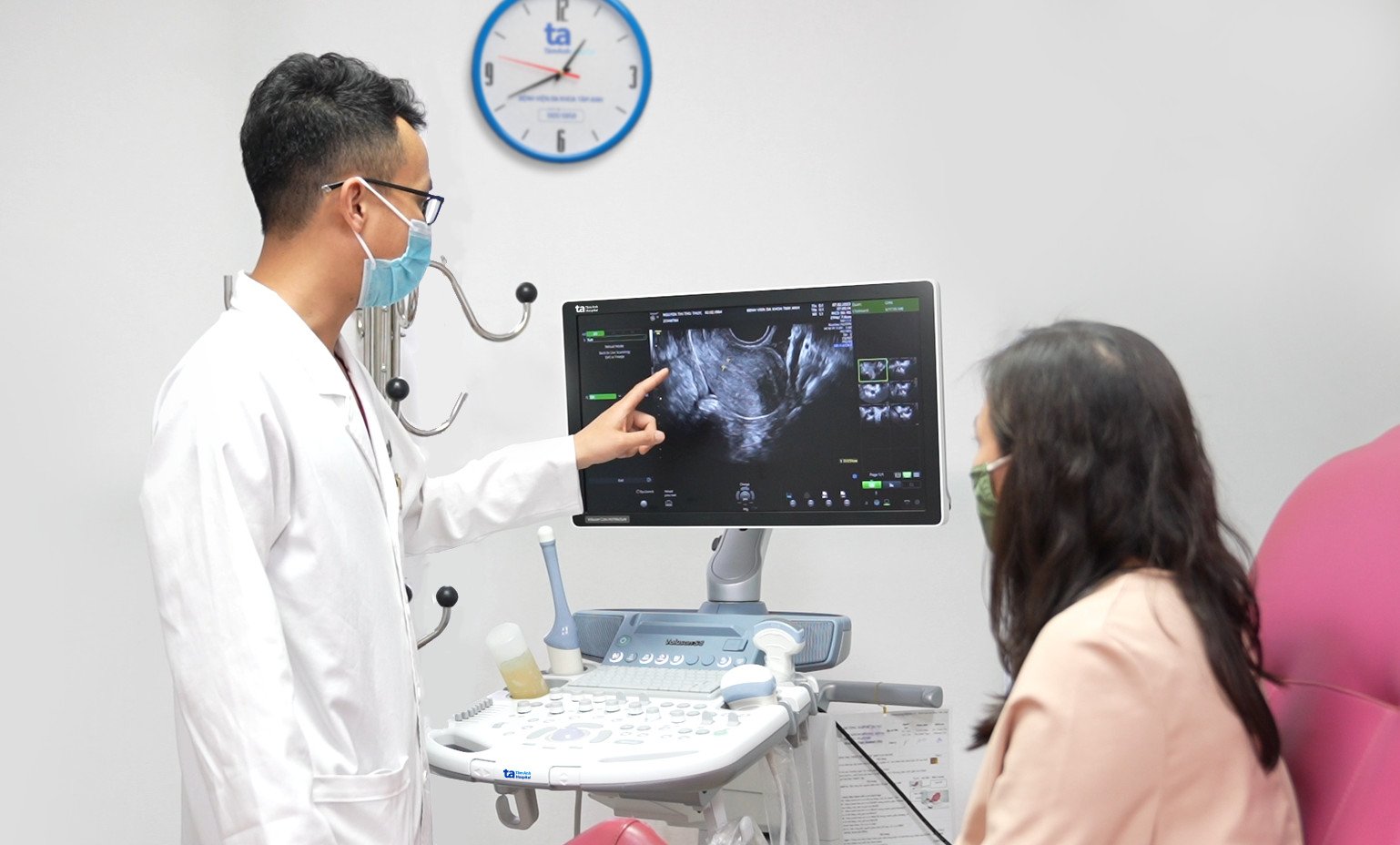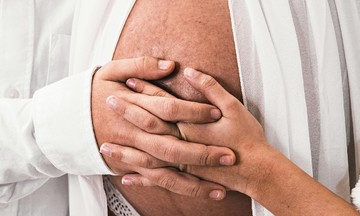Anh Dao's journey to motherhood was fraught with challenges. An early miscarriage due to premature rupture of membranes was followed two years later by an ectopic pregnancy resulting in the removal of her left fallopian tube. Three intrauterine inseminations (IUI) and two in-vitro fertilization (IVF) cycles proved unsuccessful.
At the Assisted Reproduction Center, Tam Anh General Hospital in Hanoi, Dr. Le Quang Do diagnosed Dao with uterine adhesions. Her uterus, instead of having a rounded bottom, was heart-shaped, with the bottom protruding into the uterine cavity. This was likely a consequence of previous uterine procedures, including the miscarriage and ectopic pregnancy, and explained her difficulties conceiving, even with assisted reproduction.
Dr. Do explained that uterine adhesions reduce the size of the uterine cavity and can cause the lining to thin, scar, and have reduced blood flow. This impacts the regeneration of the functional uterine lining, making it difficult to conceive and increasing the risk of miscarriage, abnormal placental attachment, and other complications. Adhesions can also prevent a fertilized egg from reaching the uterus, leading to ectopic pregnancies. Even if the embryo implants, the limited space can hinder development and increase the risk of miscarriage.
 |
Dr. Do consults with a patient. Photo illustration: Hospital provided |
Determined to have a child, Dao and her husband opted for another round of IVF. Dr. Do prescribed a personalized ovarian stimulation protocol. After egg retrieval, intracytoplasmic sperm injection (ICSI) was used to fertilize the eggs. The resulting embryos were cultured in a time-lapse incubator with AI and 24/7 camera monitoring. Dao and her husband ended up with one day-3 embryo and two day-5 embryos, which were then frozen.
Before transferring the embryos, Dr. Do performed laparoscopic surgery to remove the adhesions and reshape Dao's uterus, creating a suitable environment for implantation and growth. After a successful surgery and preparation of the uterine lining, a day-5 embryo was transferred.
Dao conceived, but her pregnancy was marked by repeated hospitalizations due to bleeding and a shortened cervix, increasing the risk of premature birth. Doctors performed a cervical cerclage and administered medication to reduce contractions, helping her maintain the pregnancy. She unexpectedly went into labor at 34 weeks, delivering a 2.3 kg baby girl who required a week of special care before being discharged.
According to Dr. Do, uterine adhesions often present no clear symptoms, making diagnosis difficult. Most cases are discovered when complications arise, such as menstrual irregularities, reduced menstrual flow, secondary infertility following uterine procedures, or pregnancy issues like miscarriage, missed miscarriage, or premature labor.
Dr. Do recommends pre-marital health checkups for couples and advises seeking medical advice if pregnancy doesn't occur within 6 months to a year of trying. Early detection of uterine abnormalities allows for effective treatment and improves the chances of a successful pregnancy.
Trinh Mai
| Readers can submit questions about infertility here for doctors to answer. |












